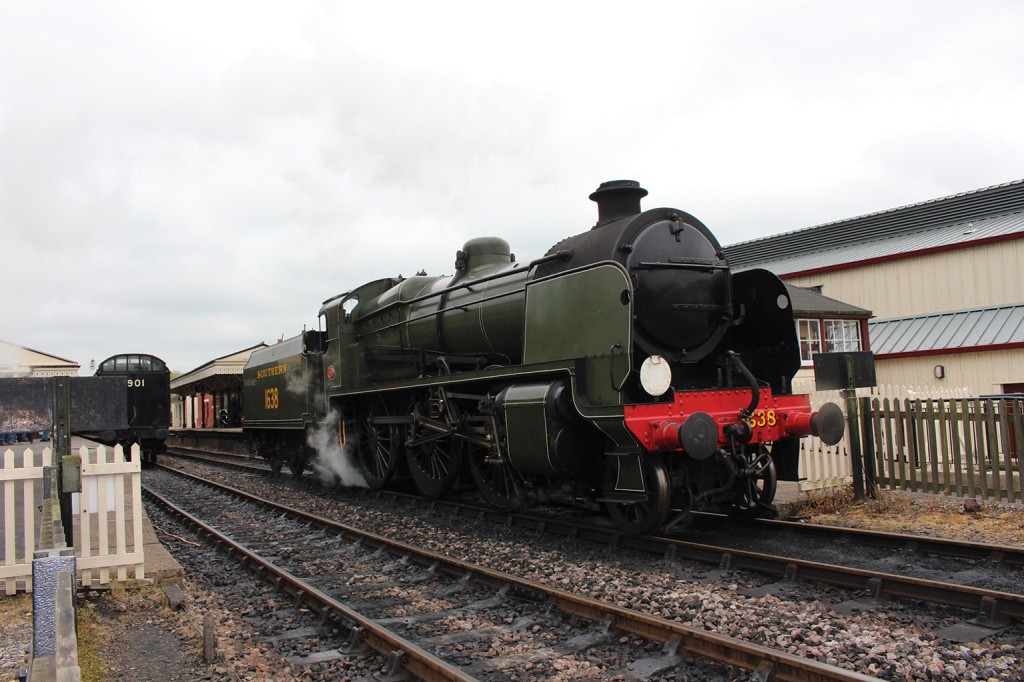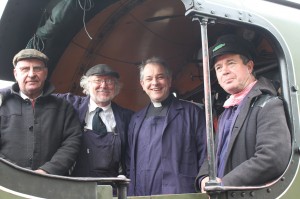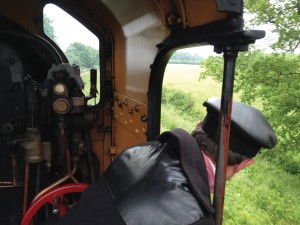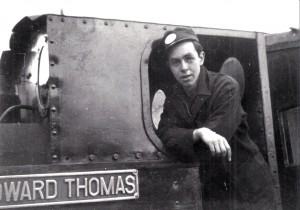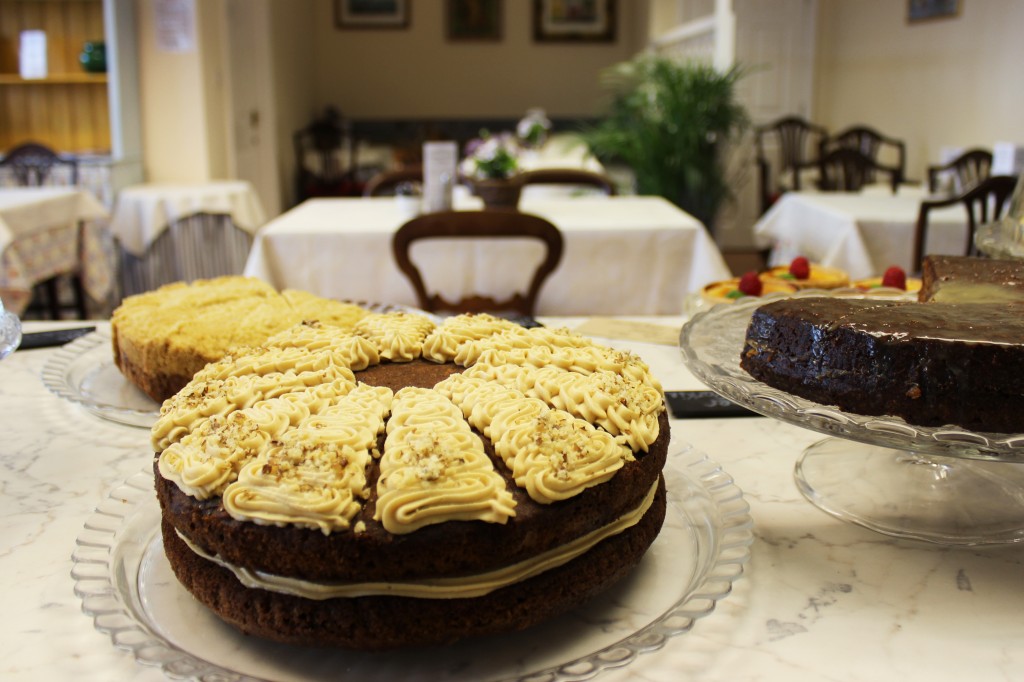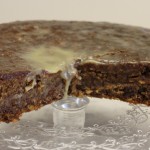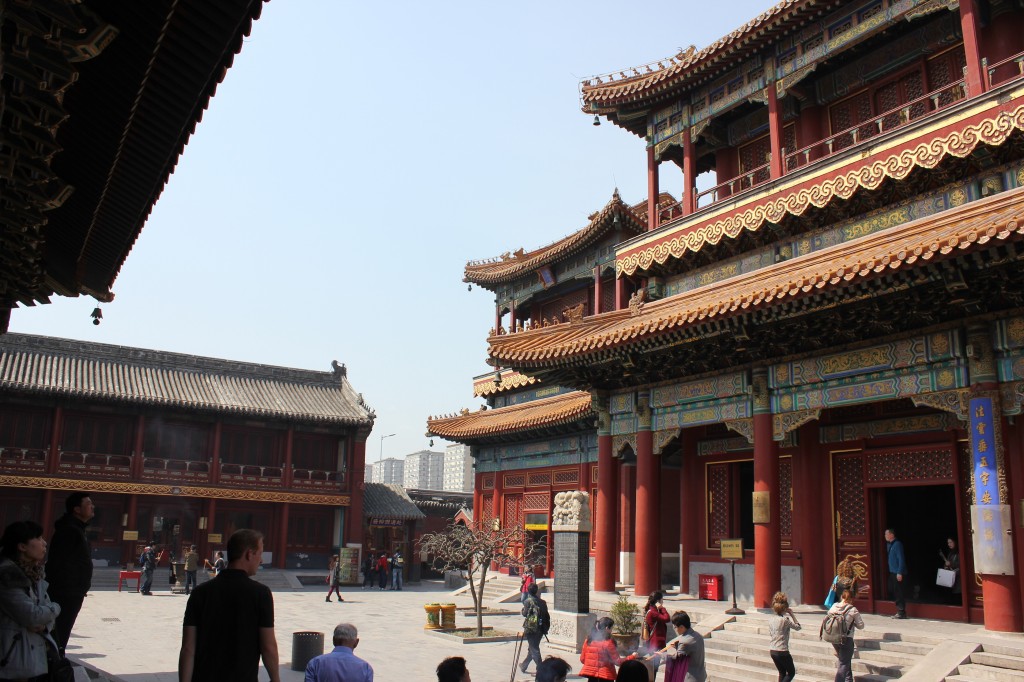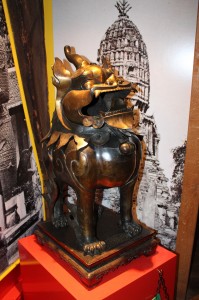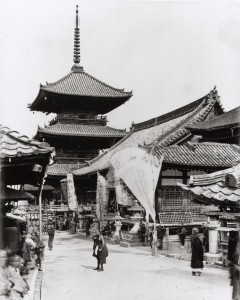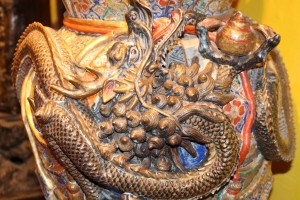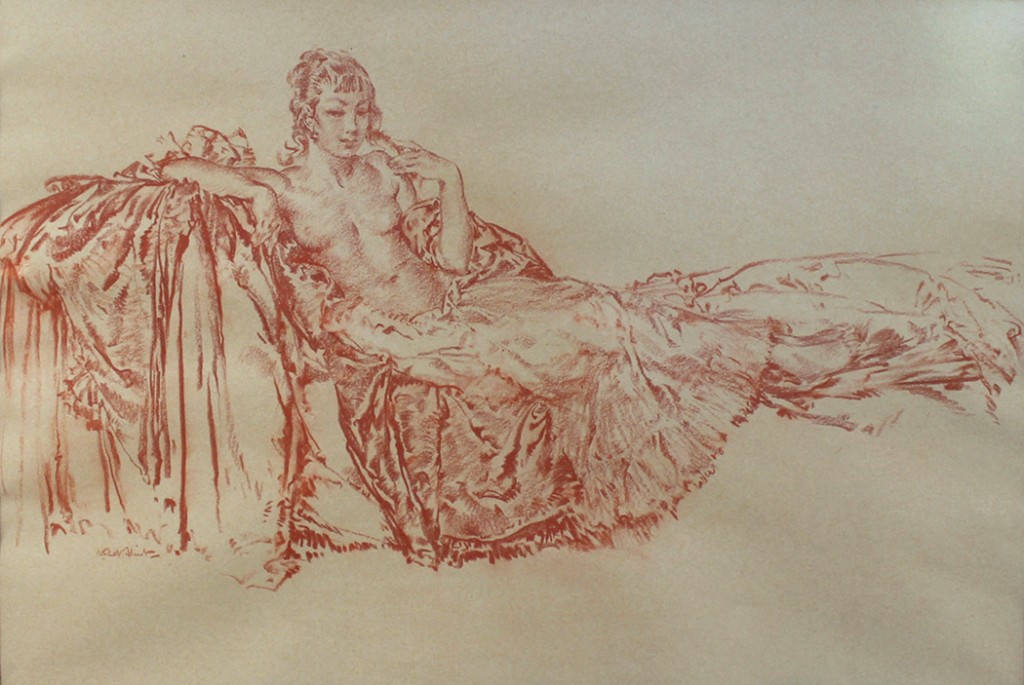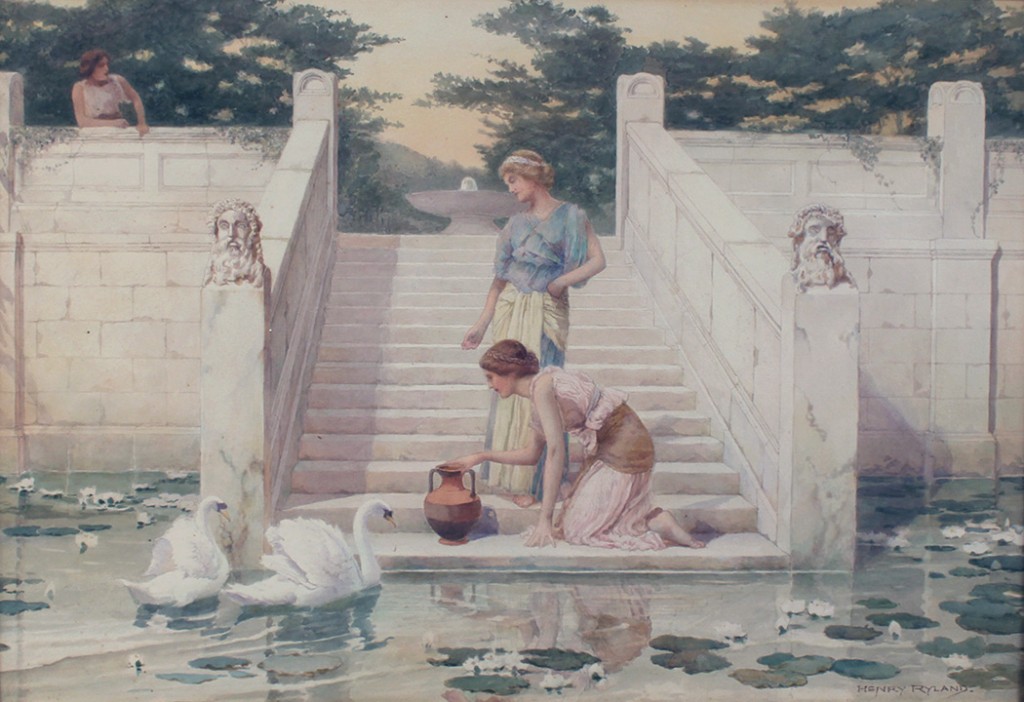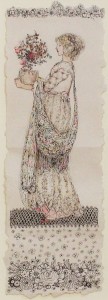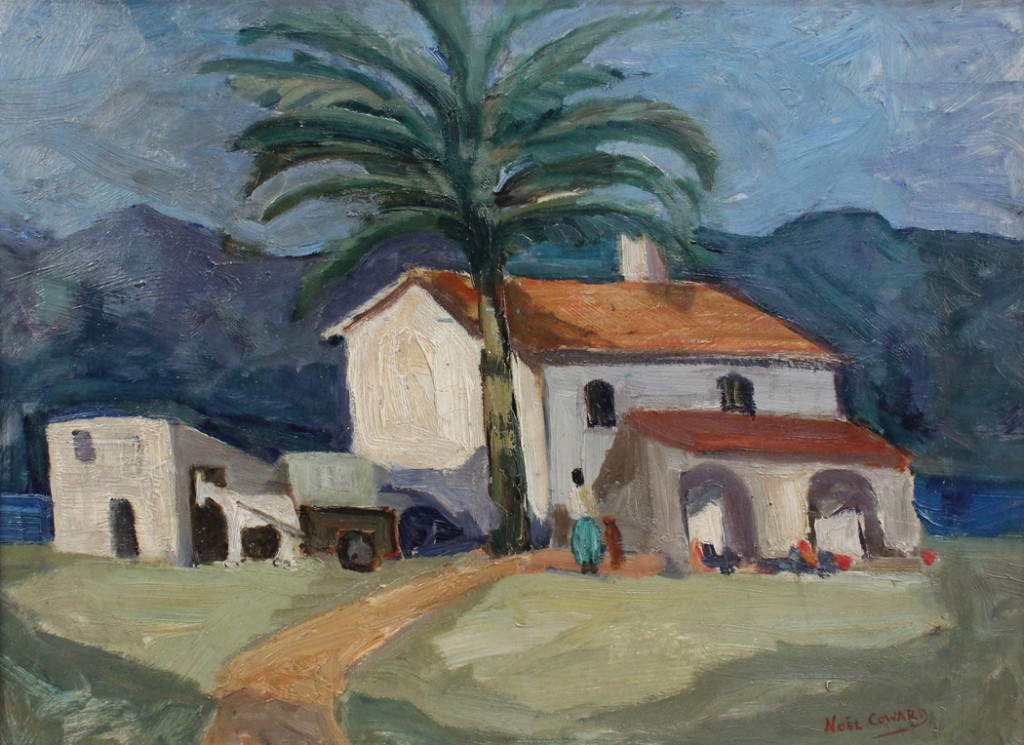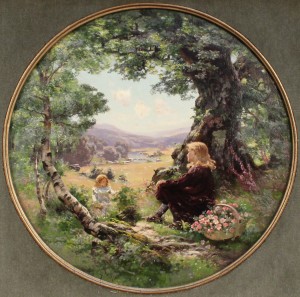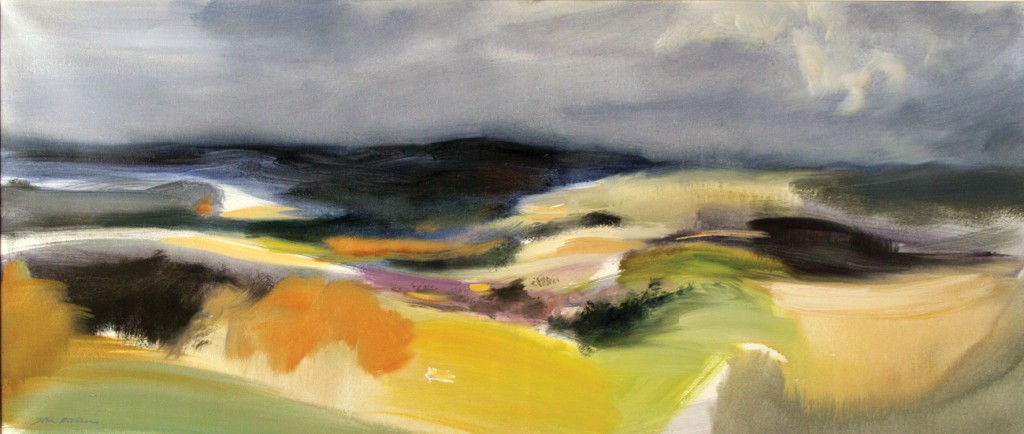
The swiftly changing light on the Sussex Downs has always challenged artists seeking to capture the character of these ancient hills.

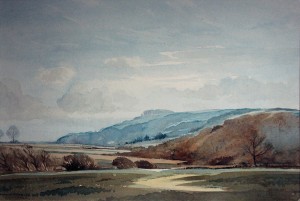
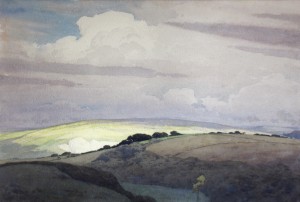
As I sit writing, the rat-a-tat of the gavel falling and the rhythmic cry of the auctioneer rise from the saleroom up to my office at Toovey’s. The bustle and excitement of the fine art auction contrasts with the scene from my window. I can just see Chanctonbury Ring above a line of poplar trees. Along the ridge of the Downs, scudding clouds in a blue sky cause light and shadow to move across the landscape.
The scene before my eyes is reminiscent of the landscape shown here by Edwin Harris (1891-1961). Harris played first-class cricket for Sussex between 1922 and 1924, whilst working as an artist. In 1939, he married Mary Edwards and they lived in Washington until 1955. Titled ‘Chanctonbury from Washington, Sussex’, the watercolour drawing was painted in 1945, at the end of the Second World War. The Downs are depicted in those greyer hews that they acquire as autumn and winter approach. We sense the chill wind in the branches. But there is nothing chill about today; the Downs are a warm green hue, reflecting the start of an early summer’s day.
The illustrator Harry George Theaker (1873-1954) brings a graphic quality to his painting. His watercolour ‘Summer on the Downs’ uses these qualities to dramatic effect in displaying light, shade and movement. There is no doubt that this is a summer scene, reflected in the warmth displayed in the artist’s palette.
These two artists’ representational style grounds us in the familiar, reminding us of our Sussex landscape and the seasons of the year. However, the qualities in the oil by John Hitchens (b.1940), titled ‘March Colours, Downland View’, not only allow us to see the familiar dance of light and shade upon the Sussex Downs but also command our other senses. The painting captures the smell of the earth and crops, the sound of wind playing on cornfields and pasture, the deep blue of the ridge separating the landscape from the sky. John Hitchens, son of the famous Sussex artist Ivon Hitchens, invites us to engage all our senses, to inhabit the vitality of this scene in our imaginations. The picture is at once representational and abstract. It seeks to allow us to glimpse or give voice to what lies beyond our immediate perception, to enrich our experience of the scene. Today, John Hitchens’ works are abstract, though still inspired by landscape.
Although I travel to London and across the country valuing collections of fine art and antiques, my heart always races when I return and catch sight of the Downs. After thirty years, nothing delights me more than a day travelling down familiar Sussex lanes beneath the gentle folds of these ancient hills, visiting collectors across our beautiful county.
Scenes of the Sussex Downs like these remain accessible, with prices at auction ranging from hundreds of pounds to the low thousands.
Toovey’s next sale of fine paintings and prints will be held on Wednesday 10th September 2014. If you are considering the sale of your pictures, contact Toovey’s for free and confidential advice.
By Revd. Rupert Toovey. Originally published on 25th June 2014 in the West Sussex Gazette.
